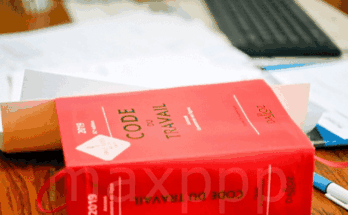External missions carried out by ISS astronauts usually only last a few hours. The small mosses were exposed for nine months to find out how resilient they were. The results surprised researchers and raised hopes.
Mosses seem fragile – but they are very resilient in survival. They can be found in Death Valley as well as in the Himalayas and in lava fields. Now an even more inhospitable place has been added: outer space. Moss survived outside the ISS space station for nine months, as the research team reported in the journal “iScience”.
The conditions there are extreme: violent temperature fluctuations, vacuum, UV rays, cosmic radiation, and almost no gravity at all. “We expected almost none to survive, but the results were the opposite: most of the spores survived,” said lead author Tomomichi Fujita of Hokkaido University. “We were truly amazed by the extraordinary resilience of these tiny plant cells.”
Mosses reproduce through seed-like spores formed by structures called sporophytes. The team sent the sporophyte into space. From March to December 2022, they were exposed to space conditions for a total of 283 days. More than 80 percent of the spores that are then returned to the soil germinate.
“Most living creatures, including humans, cannot survive even a short time in a vacuum,” explained Fujita. On the other hand, the spores might be able to survive in space conditions for about 15 years, according to the team’s rough modeling.
On Earth for 500 million years
The researchers suspect that the fact that the spore capsules provide a protective barrier allowed bryophytes – a group of plants including mosses – to evolve from aquatic plants to land plants and survive several mass extinctions 500 million years ago. It is possible that moss could be used to green other planets for long-distance travel in the future.
Bryophytes represent a promising alternative to algae and plants because they can efficiently fix carbon, produce oxygen and adapt to low light, the study said. “As pioneer plants, mosses have the potential to transform regolith into fertile soil, encouraging the development of ecosystems on other planets, similar to how peat moss improves soil conditions.”
“Ultimately, we hope this work opens up new fields for building ecosystems in extraterrestrial environments such as the Moon and Mars,” Fujita said. On Earth, the small bladderwort (Physcomitrium patens) used in this experiment occurs in Eurasia and North America, especially on dry riverbanks and drained ponds.
Before the existence of moss, all kinds of living things survived unprotected journeys into space, especially various microbes. Animals considered absolute survivors are also there: tardigrades.
Simone Mayer, dpa/dia



